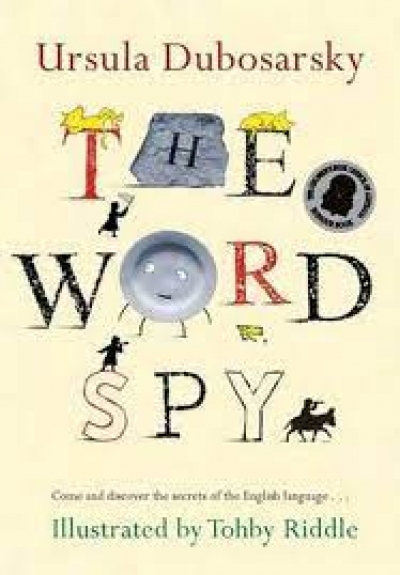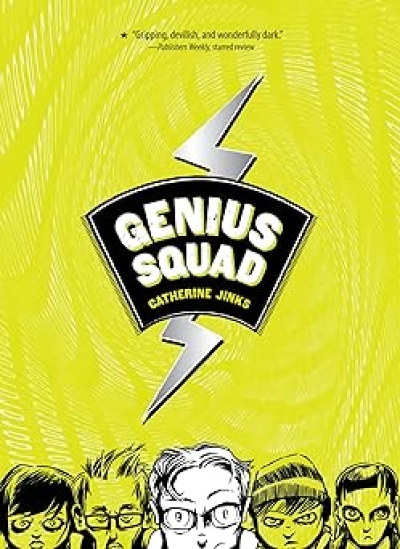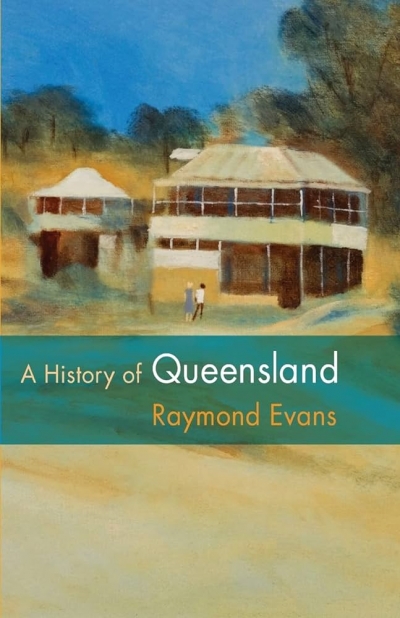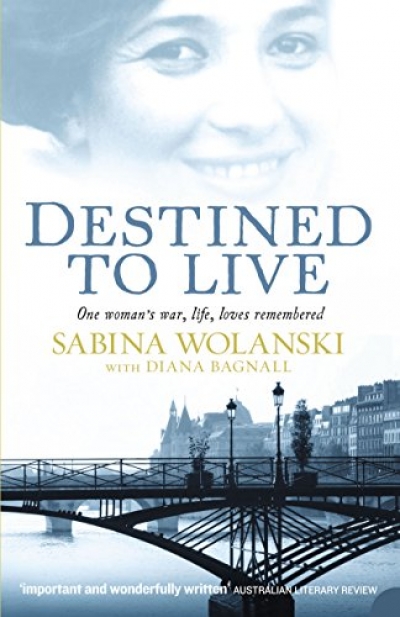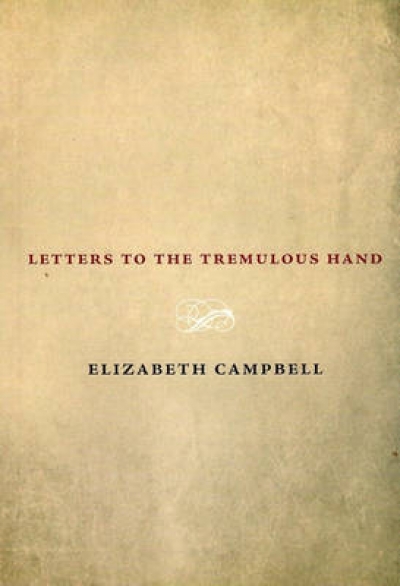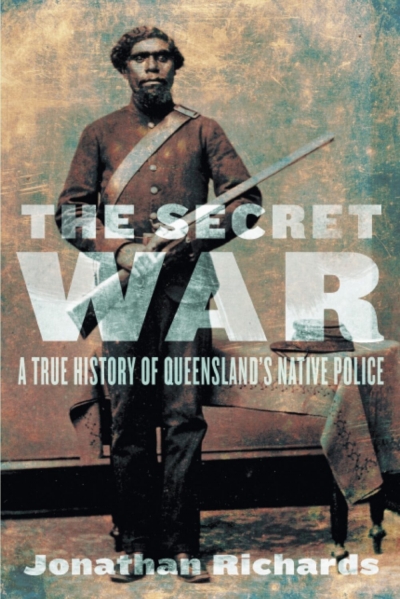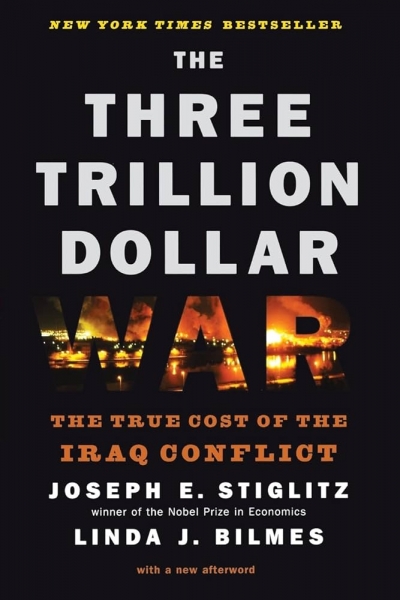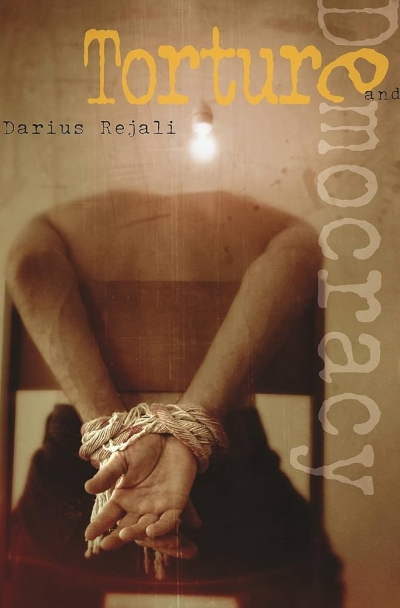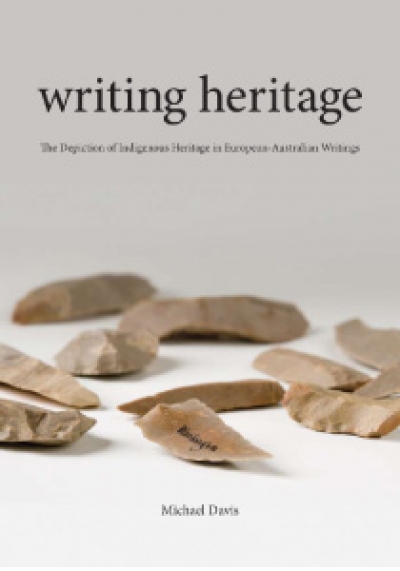Archive
The Word Spy by Ursula Dubosarsky (illus. Tohby Riddle) & The Reading Bug and How to Help Your Child Catch It by Paul Jennings
Genius Squad by Catherine Jinks & At Seventeen by Celeste Walters
by Maya Linden •
Lifting the flap
Dear Editor,
I had always believed that the only thing worse than a bad review was not to be reviewed at all, to be ignored. Now I find that there is something even more galling: to be reviewed by someone who is more concerned to air his and other peo ...
Destined to Live: One woman's war, life, loves remembered by Sabina Wolanski (with Diana Bagnall)
by Yossi Klein •
Letters to the Tremulous Hand by Elizabeth Campbell & Man Wolf Man by L.K. Holt
by Maria Takolander •
The Secret War: A true history of Queensland's Native Police by Jonathan Richards
by Russell McGregor •
The Three Trillion Dollar War: The true cost of the Iraq Conflict by Joseph Stiglitz and Linda Bilmes
by Hugh White •

